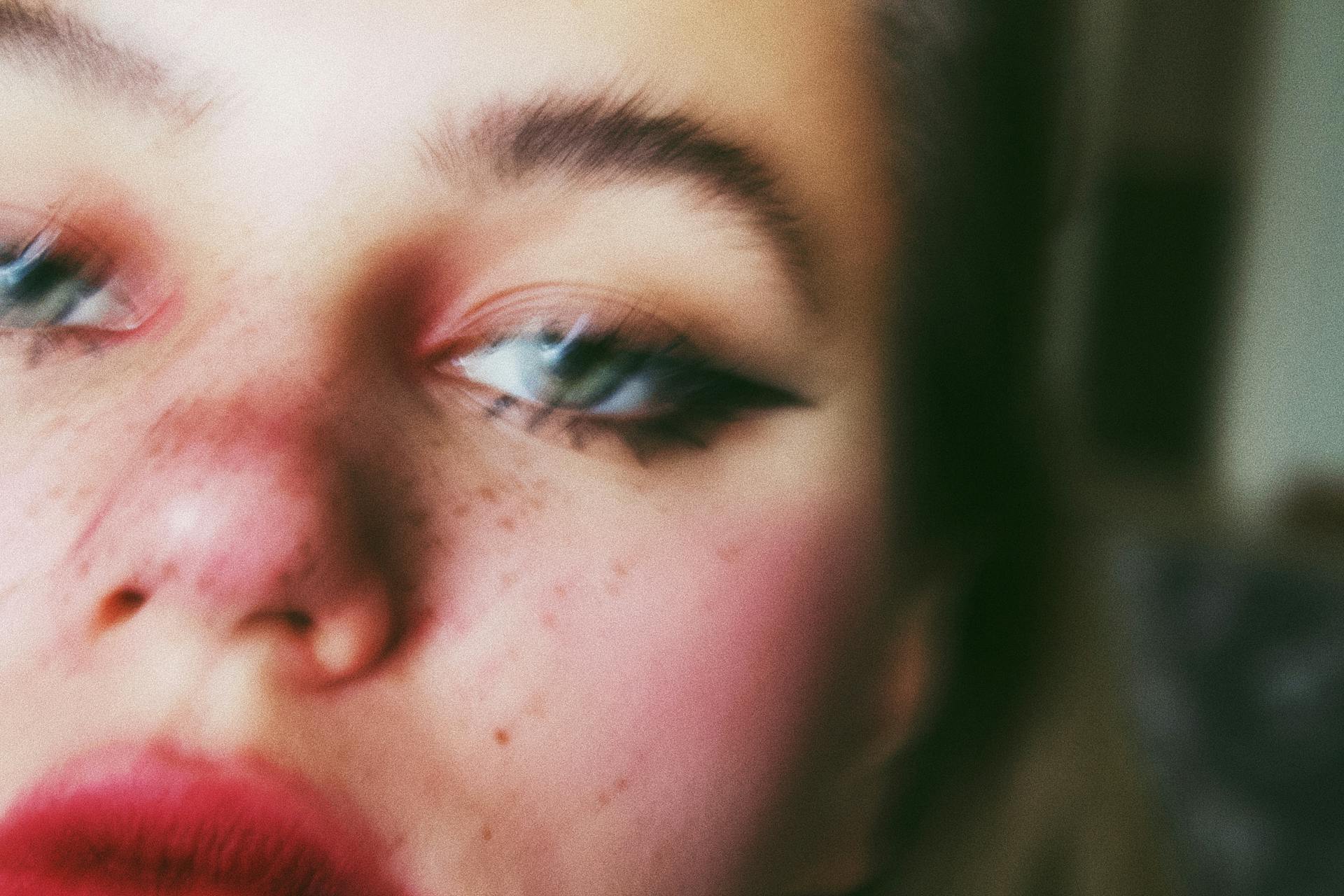Acne is a common skin condition that affects people of all ages. It occurs when pores become clogged with dead skin cells and oils, leading to whiteheads, blackheads, pimples, and cysts. Acne can range from mild to severe, and while it often goes away on its own, there are many treatments available to help clear up breakouts faster. Finding the right treatment takes some trial and error, as what works for one person may not work for another. In this article, we’ll explore some of the most effective options for treating acne so you can discover potential solutions for clearer skin.
LED Light Therapy
One treatment that has been gaining popularity for acne is LED light therapy. This involves using different colors of light-emitting diodes to target and destroy acne-causing bacteria. Blue light is most commonly used because it has antibacterial properties that can kill Propionibacterium acnes, a bacteria involved in acne. Red light can also be effective at reducing inflammation.
LED therapy for acne is a painless, non-invasive treatment that can be done at home with handheld skincare devices—drdennisgross.com skincare devices come highly recommended—or at a dermatologist’s office with advanced machines. Several weekly sessions may be needed to see results. Studies show LED light therapy significantly improves inflammatory acne lesions and acne severity. Side effects are typically minimal but can include dryness or temporary redness.
Salicylic Acid
It’s also worth looking into skincare products that contain salicylic acid. Salicylic acid is a beta-hydroxy acid (BHA) that helps exfoliate the skin and unclog pores. It works by dissolving the dead skin cells and oil that accumulate in pores and lead to breakouts. Salicylic acid is available over the counter in a variety of acne products, including cleansers, toners, moisturizers, spot treatments, and peels.
Using acids like this can help treat whiteheads, blackheads, pimples, and inflammation. It’s best for people with mild to moderate acne and is considered safe for most skin types. Start by using it once a day and increase frequency if needed. Potential side effects include dry, irritated skin. To minimize this, apply moisturizer after using salicylic acid. For more information, check out this blog called What is Salicylic Acid & Its Benefits.
Oral and Topical Antibiotics
For moderate to severe inflammatory acne, antibiotics taken orally or applied topically to the skin can be an effective treatment. Antibiotics work by killing acne-causing bacteria and reducing inflammation. Common oral antibiotics prescribed for acne include tetracycline, doxycycline, minocycline, and erythromycin. Popular topical antibiotics include clindamycin and erythromycin.
Oral antibiotics are usually taken daily for a few months, while topical antibiotics are applied to affected areas of the skin twice a day. Some side effects of oral antibiotics can include sun sensitivity, nausea, and dizziness. Using topical and oral antibiotics together can improve efficacy. However, antibiotics may become less effective over time, as bacteria can develop resistance.
Retinoids
Retinoids are vitamin A derivatives that can unclog pores and regulate skin cell turnover. Two common prescription retinoids used for treating acne are tretinoin (Retin-A, Renova) and isotretinoin (Accutane). Tretinoin comes as a gel or cream that is applied to the skin, while isotretinoin is a much stronger oral medication.
Tretinoin works well for whiteheads, blackheads, and inflammatory acne. It exfoliates the skin, allowing other topical treatments to penetrate better. Isotretinoin is the most effective acne treatment but is usually reserved for severe, treatment-resistant acne due to its risks. Potential side effects of retinoids include skin dryness, peeling, redness and sun sensitivity.
As you can see, there are many possible treatments to help manage and clear up acne breakouts. Finding the right treatment often requires patience as it may take several weeks to months to see results. It’s best to speak with a dermatologist who can evaluate your acne and recommend products or procedures tailored to your specific needs.

